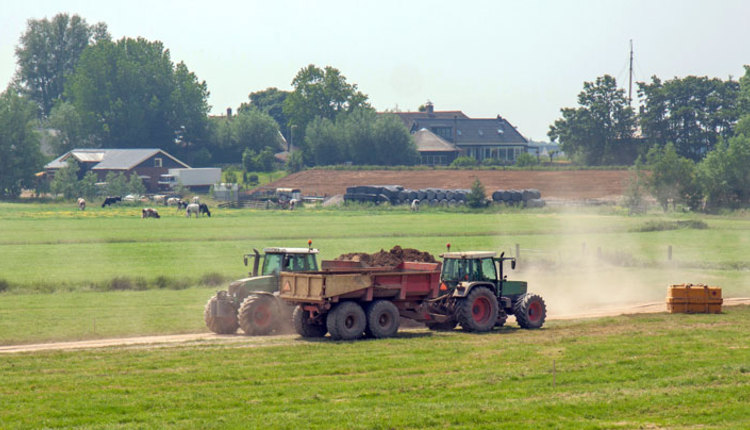The author is the president of Menke Consulting LLC, an agronomic and environmental consulting firm in Greenville, Ohio.

I recently helped a client work through a regulatory quagmire. The violation was a storage pond freeboard exceedance. The resolution was application of manure on cropland — two months later. An anticipated six figure fine is yet to come.
We question the rationale of some manure regulations. We sometimes deal with unknowledgeable or over-zealous enforcers. I have made a career of studying manure laws and have been “accused” of knowing the law better than some regulators. I find it necessary to know what is required and what is not. Mission-creep is something that agriculture must always be vigilant against.
The back story
Concentrated Animal Feeding Operations (CAFO) law under the Clean Water Act is the regulation for each state on which to build their programs. This is part of the National Pollutant Discharge Elimination System (NPDES). How do you eliminate manure discharges? By issuing permits that authorize only discharges with unattainable limits.
The CAFO program was originally designed for large cattle feedlots where manure and resultant stormwater discharges met on a regular basis. Confinement operations built under a roof were exempt unless they had an intentional discharge.
What set the permit threshold of 1,000 animal units? At the time of CAFO inception in 1974, it was determined that the number of feedlots with that many cattle could be efficiently regulated by government staffing.
Is there any correlation between animal unit types? Why do cattle equal one unit, egg layers 82 units, and swine 2.5? I did a white paper on this some time ago, examining manure production and other factors. The answer was unequivocally “no.”
Why aren’t farms with various types of livestock additive for classification as a CAFO? The Environmental Protection Agency’s (EPA) explanation is this: “Mixed species are typically family farms and we don’t intend to target those for permits.” Sigh.
Better safe than sorry
Suffice it to say, there are often parts of regulations that make no sense, and manure laws are no exception. When clients complain about this, I remind them that unless they are willing to help fix the current law, they are obliged to conform to it.
Here is my list of recommendations to help you stay out of trouble:
1. Read and understand your permit. Having filled out the forms and getting approval is only the first step.
2. Keep good records. All programs require records. This is the area most farms are lax with and get dinged for. It’s easy to procrastinate when you’re busy.
3. Build adequate storage to meet management needs, not just the minimum to satisfy the regulation. When the pit is full, bad things happen.
4. Know where every field surface or tile outlet is and have tile plugs or a backhoe onsite during applications. Nothing is more gut-wrenching than when the water runs black and you stand there helplessly.
5. Don’t hide a spill — report it to the regulator immediately. “Maybe no one will notice” is a high-risk, five-word phrase. Years ago, a farmer I know spilled a small quantity of manure that went into a barnyard catch basin. Checking all of the obvious tile outlets, no discharge was found. The next day, a neighbor noticed it and called the EPA. A year after the incident, the offender spent six months in the gray-bar hotel in lieu of the mounting legal expenses. The government has our tax money to fund their army of lawyers.
6. Realize that there are not enough regulators to police every farm every day. When they catch someone out of compliance, they will want to make it painful so others will notice.
The intent of these laws is honorable, and we need to keep our manure where it belongs — on the land. Pay attention and do your part.
This article appeared in the August 2022 issue of Journal of Nutrient Management on page 22. Not a subscriber? Click to get the print magazine.









